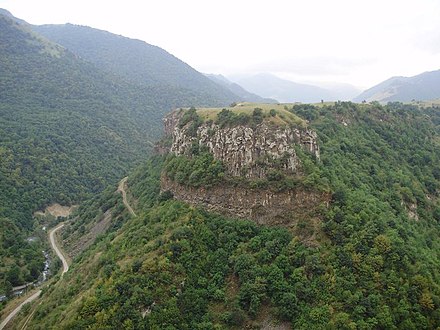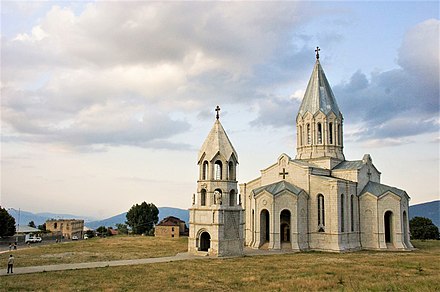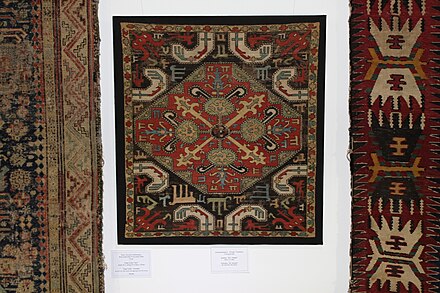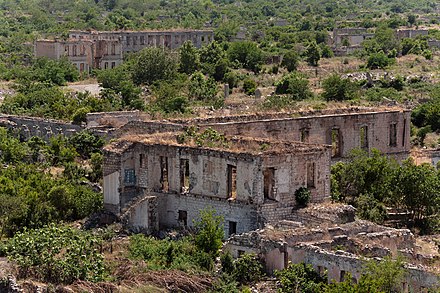Karabakh (Azerbaijan) - geographic region in present-day southwestern Azerbaijan and eastern Armenia
A ceasefire agreement in Karabakh is in effect, but you should exercise extreme caution while in this region. Some parts of the region are closed to foreign visitors. Other civilian areas and may contain unexploded ordnance (UXO) and landmines. Many governments advise against all travel to Karabakh and the military occupied area surrounding it, within 5 km of the Line of Contact, and within 5 km of the border with Armenia. For more information, see war zone safety.
Karabakh is a region of Azerbaijan. It was part of the de facto independent Republic of Artsakh until 2020 when a military offensive returned it to Azeribaijani control.
The areas of the Nagorno-Karabakh region mostly occupied by ethnic Armenians are outside de facto control of Azerbaijan and covered in the Nagorno-Karabakh Republic section. This page does not represent a political endorsement of the claims of either side of the dispute.
Cities
As of December 2020, all cities of the region are ghost towns, although the Azerbaijani government plans to use them to re-settle refugees of the First Nagorno-Karabakh War.
- Hadrut – A small southern town with several nearby 13th- and 14th-century monasteries, and the terminus of the Janapar Trail.
- Kalbajar – The administrative center of the Kalbajar District
- Shusha – The historic capital of Karabakh that used to be one of the cultural capitals of the Caucasus
- Agdam
Understand

Get in
Get around
See


-
In Shusha:
- Ghazanchetsots Cathedral of the Holy Savior
- City walls
- Govharagha Mosque
- Jtrtuz overlook of Karkar Canyon
- Zontik Waterfall (1½-hour hike on Janapar Trail)
-
Gtichavank monastery. A beautiful monastery on the iconic Togh mountain that is undergoing a slow restoration. At the foot of the mountain is Togh village with vineyards and a winery.
-
Tsitsernavank monastery (Dzidzernavank). Ancient restored basilica with belfry on a rise in a picturesque river valley. 2019-06-25
-
Tigranakert of Artsakh. The ancient city of Tigranakert, one of four cities that were founded in the 1st century BCE in opposite corners of Armenia and named after King Tigran II the Great, ruler of the short-lived Armenian Empire. Tigranakert has been undergoing archaeological excavations since 2005. 2019-06-25
Do

- Qamışlı Gorge, 40.18558°, 46.19422°. A beautiful and impressively deep and steep gorge created by the river and possibly work for the road leading up north to Qamışlı village. 2019-08-21
Eat
Drink
Stay safe
Go next
Karabakh
Timezone:MultipleCoordinates:40.02, 46.68